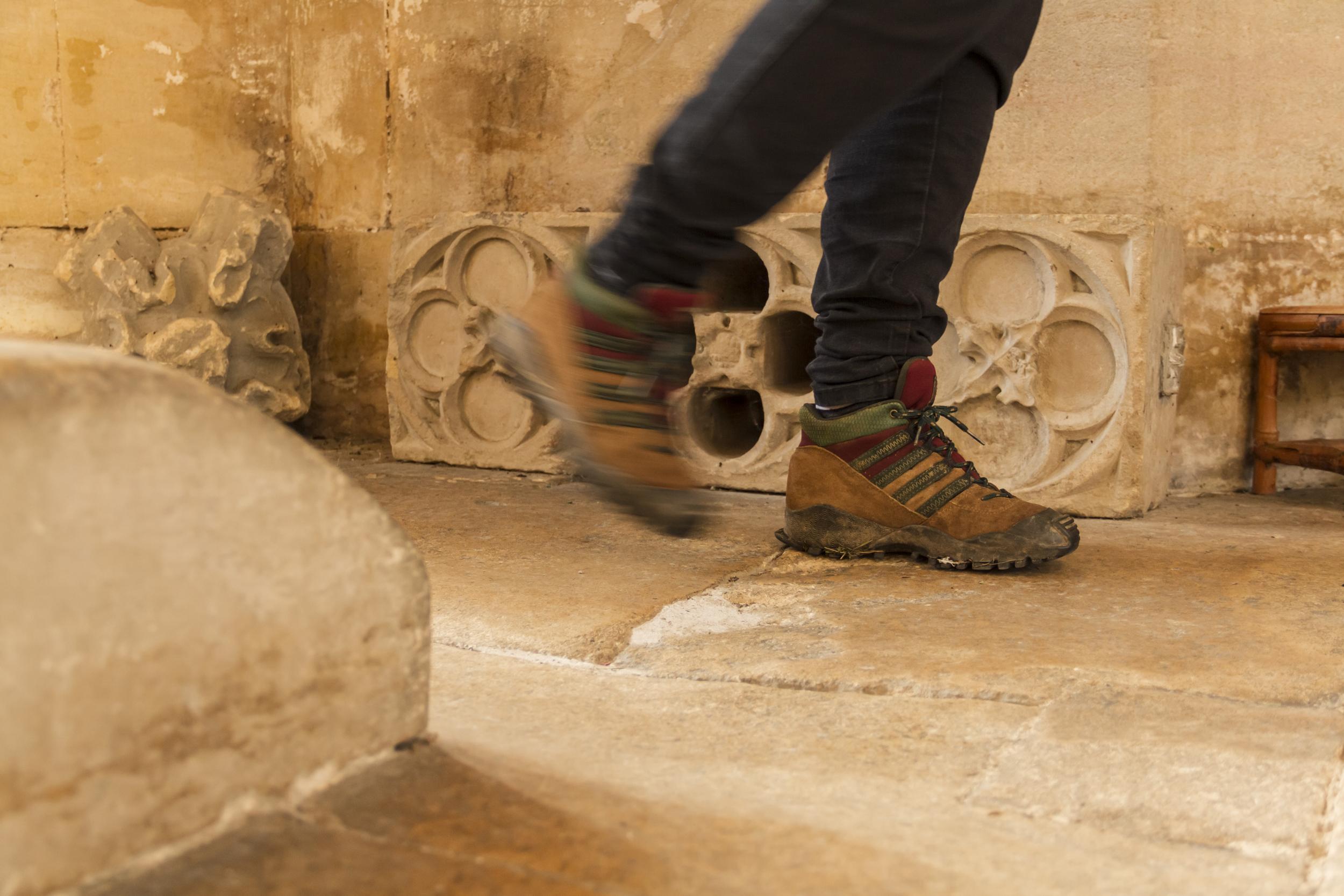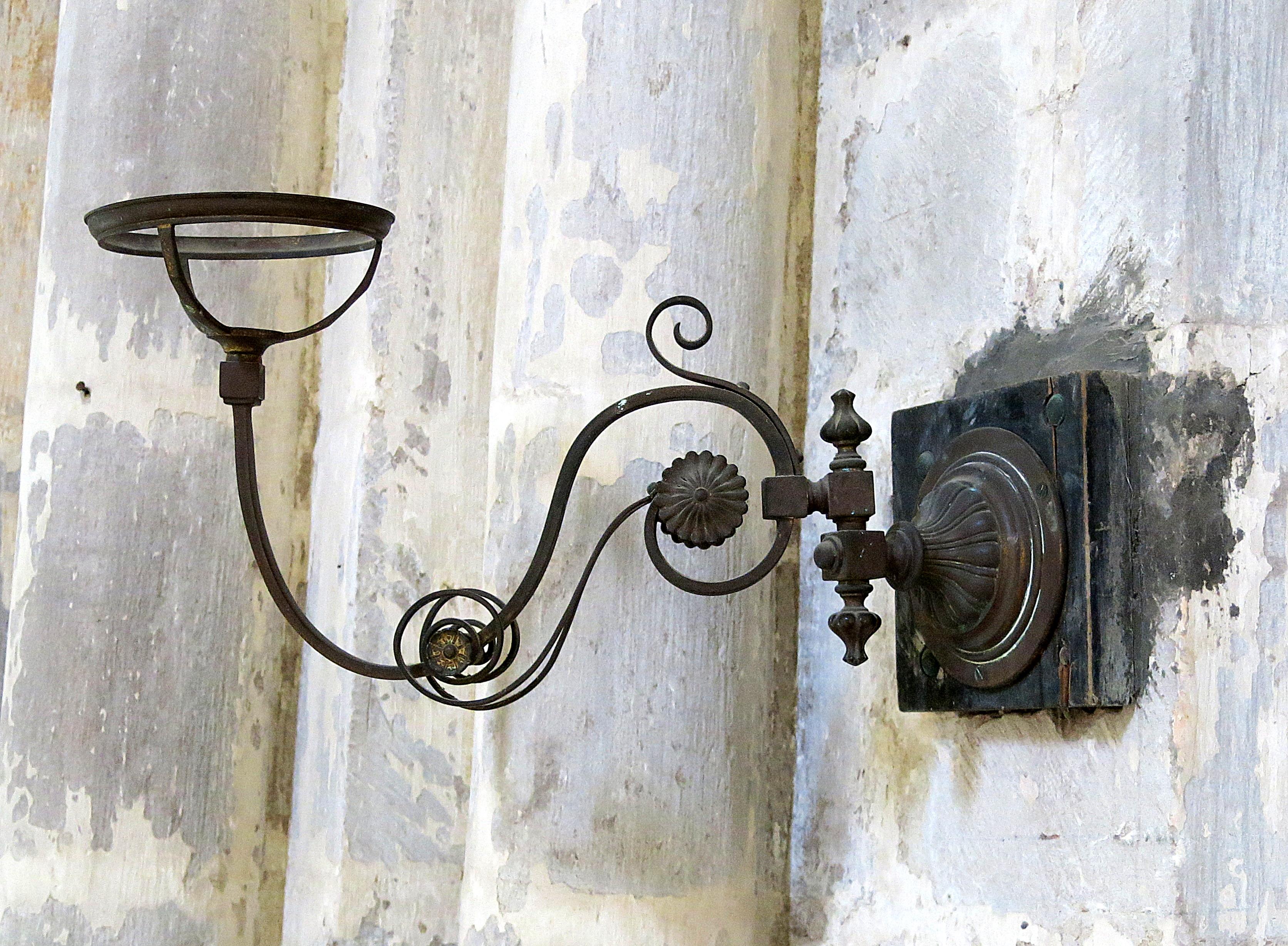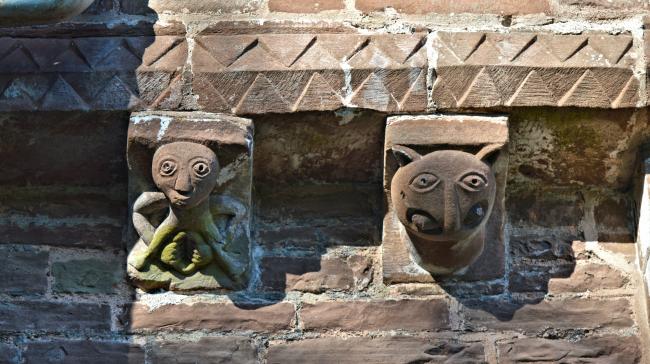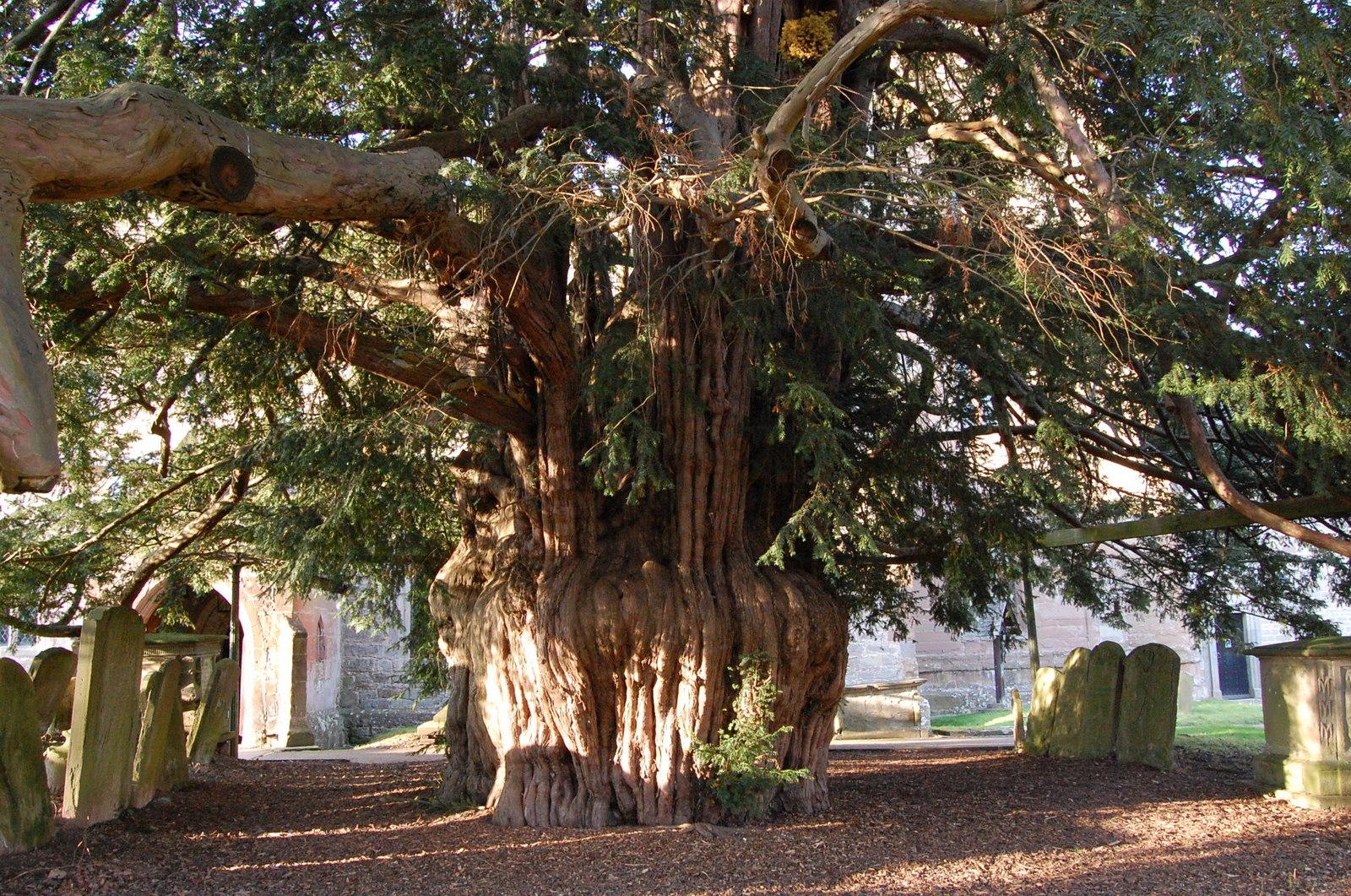
The Herefordshire Trail
The wonderful churches of the Herefordshire Trail
by Peter Blench, Walkers Are Welcome Leominster Group
The Herefordshire Trail is a long distance path using existing public rights of way to give a circular tour around the county.
I walked the Herefordshire Trail as a backpacker in 2021. I have space enough here to mention only a few personal favourites. The trail embraces many other fabulous churches. I rested in the porches of virtually all of them and found churchyard taps useful for filling my water bottles!
The trail includes a few steep hills but goes largely through a gently undulating landscape of river valleys, lush pastures, woodland, orchards, hopyards and the occasional vineyard. With bed and breakfast accommodation available at its picturesque black-and-white villages and market towns, the trail is an ideal choice for those seeking a ‘moderate’ trail walking experience. Visitors arriving by train can start at either Ledbury or Leominster.
A download describing all 15 sections of the Herefordshire Trail is available on the Visit Herefordshire website.
Here's a taster to get you started planning your pilgrimage.
Type : Walk
Distance : 154 miles, but broken down into many shorter routes
Time required : Varies depending on the section or route
Difficulty : Varies depending on the section or route
What to bring : Footwear with good grips, ideally boots with ankle support, are essential. Waterproof and warm clothing during the colder months are important too
Back to trails page

SpencerMeans
The Herefordshire Trail is a 154 mile circular long-distance footpath that links all five of the county’s rural market towns and includes more than 40 churches and chapels, including the former major pilgrimage destinations of Dore Abbey and Leominster Priory.
Among a string of medieval delights is a Victorian gem, the Italianate church of St Catherine, Hoarwithy. With its imposing four storey campanile, open-sided arcade and marble columns, the outstanding landmark of the Wye valley near Ross on Wye was 'an astonishing creation' by its 19th century architect, says church buildings aficionado Simon Jenkins.
Another trail highlight is a medieval masterpiece inspired by a local nobleman’s Camino pilgrimage. St Mary & St David, Kilpeck has been described as England’s most perfect Norman church. So little has been altered since it was built in 1140. Even its famous array of 12th century stone carvings, including the outlandish and bawdy, were left intact by the 17th century Puritans. The crowning glory of the Herefordshire School of Romanesque Sculpture, Kilpeck’s old red sandstone emblazoned with animals, birds, dragons and human forms, echoes churches on the pilgrim routes of northern Europe. The church owes its origins to 12th century nobleman pilgrim Oliver de Merlimond, who was enchanted by Romanesque stonework he saw while journeying to Santiago de Compostela.

Further on the trail, high above Herefordshire’s scenic Golden Valley overlooking the Black Mountains of the Welsh border, is the remote hamlet of St Margarets where the small, plain, Norman church is home to a celebrated work of art. The exquisitely carved oak rood screen 'textured pale grey with time' in the words of poet Sir John Betjeman, dates from about 1520 and is a rare survivor of the post-reformation order of 1547 that such works should be destroyed.
The trail passes through many churchyards including Eardisley where St Mary Magdalene is a must. Its renowned 12th century font bearing a dramatic depiction in sandstone of Christ’s Harrowing of Hell is an outstanding example of the work of the Herefordshire School.
The trail wanders through some delightful backwaters. On a cliff, high above the River Lugg, is a fine country house Lord Byron described as “my place at Kinsham.” In early 1813 work was being carried out at Kinsham Court, owned by Lord Oxford, to ready it for Byron. He never took up residence, but it served as an occasional meeting place for the poet and Lady Oxford, Jane Harley, with whom Byron was having an affair. Nearby, at the tiny 13th century Kinsham Church and churchyard Byron scorned 'the most facetious epitaphs I ever read'!
Miles on, in a secluded spot between Leominster and Bromyard stands the ancient church of St Leonard, Hatfield. It is one of the three oldest churches in Herefordshire. A church here was recorded in the Domesday Book of 1086. It’s Saxon tub font, late Saxon north doorway, the herringbone masonry of the north wall and extensive use of the locally quarried white porous rock, tufa, attest to its pedigree. Situated within, in perfect harmony, are fittings from the Georgian period - the pulpit and box pews, and a narrow staircase leading to a delightful west gallery overlooking the nave. The gallery provides a bird’s eye view of the fine medieval timber framing of the roof.
The Herefordshire Trail
The trail links five market towns, along with picturesque villages and hamlets for which Herefordshire is renowned. The landscape varies from the Malvern Hills in the east to the Black Mountains in the west, through rich arable land, apple orchards, hop fields, woodlands speckled with wild flowers and river valleys.

